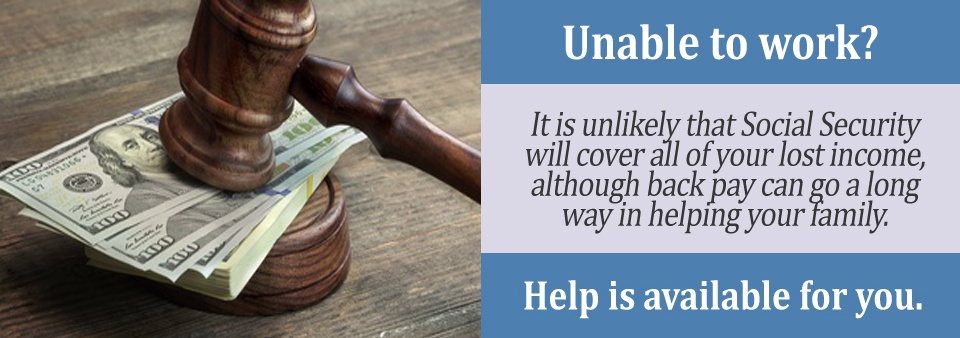Social Security Disability Insurance (SSDI) is a safety net for disabled workers and their families. These benefits offer financial support to help cover everyday living expenses and other costs when you’re unable to work due to severe physical and/or mental limitations.
Although SSDI can be a significant sum, it may or may not provide you the same amount of income each month to which you’ve been accustomed. It really depends on how much you earned when you were able to work prior to becoming disabled.
It’s also important to note that SSDI is not the only disability program for which you may qualify. If you’re a member of low-income family or are the only worker in your household, then you may additionally qualify for Supplemental Security Income (SSI) as well, which is a need-based disability program.
SSDI and Monthly Payment Amounts
SSDI benefit eligibility hinges on whether you worked and paid Social Security taxes before you became disabled. The taxes you paid were a percentage of your annual income and were placed in the Social Security trust to fund disability, retirement, and other benefit programs.

Although you paid in a particular percentage, there is still an established maximum with SSDI. In other words, your monthly benefits may or may not equal your pre-disability income amount. For many low-income individuals, the SSDI amount may come close, but for middle class and high earnings workers however, SSDI benefits usually fall significantly short of their pre-disability income.
The maximum payment amount is known as the Federal Benefit Rate (FBR), and it changes each year, based on inflation and other factors. For 2025, the FBR for SSDI is $4,018. Your average lifetime earnings determine your SSDI payment amount, and in 2024 the monthly average SSDI recipients get is about $1,550. You may receive more or less, depending upon your work history and your average lifetime income.
SSI Benefits and Monthly Payment Amounts
There is an FBR established for SSI benefits as well. Individuals cannot receive any more than $967 a month. For married couples in which both partners receive SSI, the combined monthly maximum benefit is $1,450.
Most SSI recipients don’t receive the maximum monthly benefit, however, because the SSA takes all other income sources and other financial resources into account when determining monthly SSI payments. This means your monthly SSI, if you qualify, is more likely to be only a few hundred dollars, unless you are currently living at significantly below the federal poverty level.
Making Ends Meet on Disability Benefits
Disability payment amounts often leave recipients searching for other sources of support to close the gap between monthly SSDI and/or SSI and pre-disability income levels. Other kinds of public assistance can help bridge this gap, including programs like SNAP (food stamps), TANF (a cash benefit), and HUD (housing assistance), for example. Approval for SSI often means you qualify for Medicaid, and SSDI recipients automatically qualify for Medicare after two years as well.